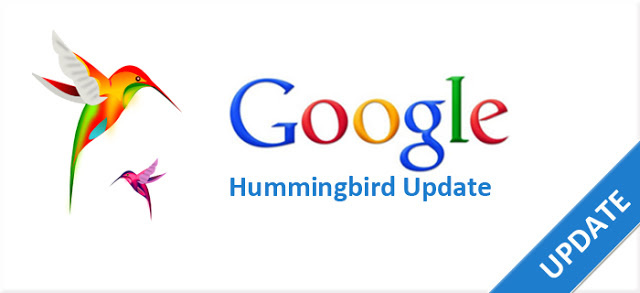Google's Various Algorithm Updates
Google has a long history of famous algorithm updates, search index changes and refreshes.
Below are links to some of the most important resources for search marketers :
Hummingbird
What Is Google Hummingbird?
Hummingbird is the name of the new search platform that Google is using as of September 2013, the name comes from being precise and fast and is designed to better focus on the meaning behind the words. Read our Google Hummingbird FAQ here.
Hummingbird is paying more attention to each word in a query, ensuring that the whole query — the whole sentence or conversation or meaning — is taken into account, rather than particular words. The goal is that pages matching the meaning do better, rather than pages matching just a few words.
Google Hummingbird is designed to apply the meaning technology to billions of pages from across the web, in addition to Knowledge Graph facts, which may bring back better results.
Mobile Friendly Update
What Is Mobilegeddon & The Google Mobile Friendly Update
On April 21, 2015, Google released a significant new mobile-friendly ranking algorithm that’s designed to give a boost to mobile-friendly pages in Google’s mobile search results.
The change is so significant that the date it happened is being referred to by a variety of names. Here at Search Engine Land, we’re calling it mobilegeddon, but sometimes it’s also referred to as mobilepocalyse, mopocalypse or mobocalypse.
One of the best ways to prepare is to test that Google considers your web pages to be mobile-friendly by using its Mobile-Friendly Test tool. More about the algorithm, including ways to bring improve the mobile-friendliness of your pages, is below.
Panda Update
What Is The Google Panda Update?
Google’s Panda Update is a search filter introduced in February 2011 meant to stop sites with poor quality content from working their way into Google’s top search results. Panda is updated from time-to-time. When this happens, sites previously hit may escape, if they’ve made the right changes. Panda may also catch sites that escaped before. A refresh also means false positives might get released.
Penguin Update
What Is The Google Penguin Update?
Google launched the Penguin Update in April 2012 to better catch sites deemed to be spamming its search results, in particular those doing so by buying links or obtaining them through link networks designed primarily to boost Google rankings. When a new Penguin Update is released, sites that have taken action to remove bad links (such as through the Google disavow links tool or to remove spam may regain rankings. New sites not previously caught might get trapped by Penguin. False positives, sites that were caught by mistake, may escape.
Pigeon Update
What Is The Google Pigeon Update?
Launched on July 24, 2014 for U.S. English results, the Pigeon Update is a new algorithm to provide more useful, relevant and accurate local search results that are tied more closely to traditional web search ranking signals. Google stated that this new algorithm improves their distance and location ranking parameters.
Payday Update
Launched on June 11, 2013 – the Payday Update was a new algorithm targeted at cleaning up search results for traditionally spammy queries such as [payday loan], pornographic and other heavily spammed queries.
Pirate Update
Google’s Pirate Update is a filter introduced in August 2012 designed to prevent sites with many copyright infringement reports, as filed through Google’s DMCA system, from ranking well in Google’s listings. The filter is periodically updated. When this happens, sites previously impacted may escape, if they’ve made the right improvements. The filter may also catch new sites that escaped being caught before, plus it may release false positives that were caught.
EMD Update
The EMD Update — for Exact Match Domain — is a filter Google launched in September 2012 to prevent poor quality sites from ranking well simply because they had words that match search terms in their domain names. When a fresh EMD Update happens, sites that have improved their content may regain good rankings. New sites with poor content — or those previously missed by EMD — may get caught. In addition, false positives may get released. Our latest news about the EMD Update is below.
Top Heavy Update
Top Heavy was launched in January 2012 by Google as a means to prevent sites that were top heavy with ads from ranking well in its listings. Top Heavy is periodically updated. When a fresh Top Heavy Update happens, sites that have removed excessive ads may regain lost rankings. New sites deemed too top heavy may get caught.


 Bangalore
Bangalore










